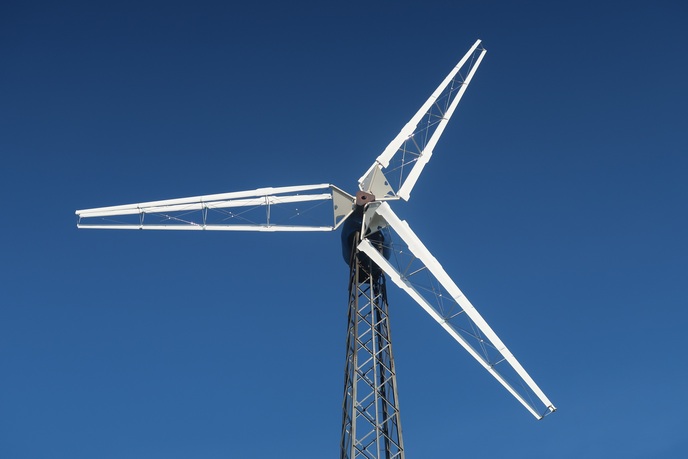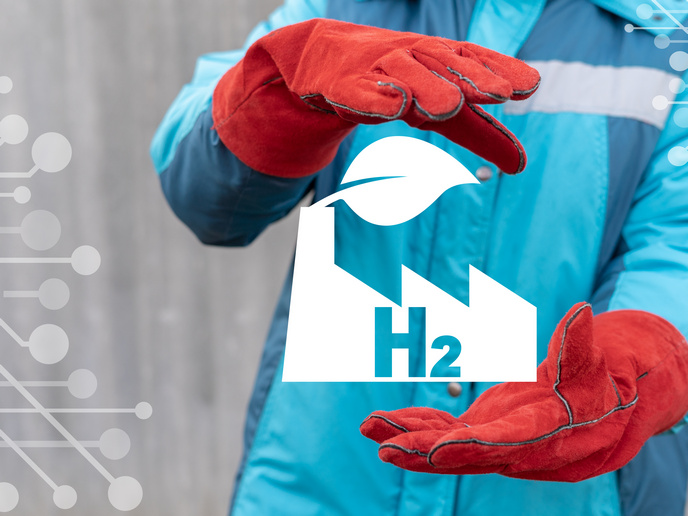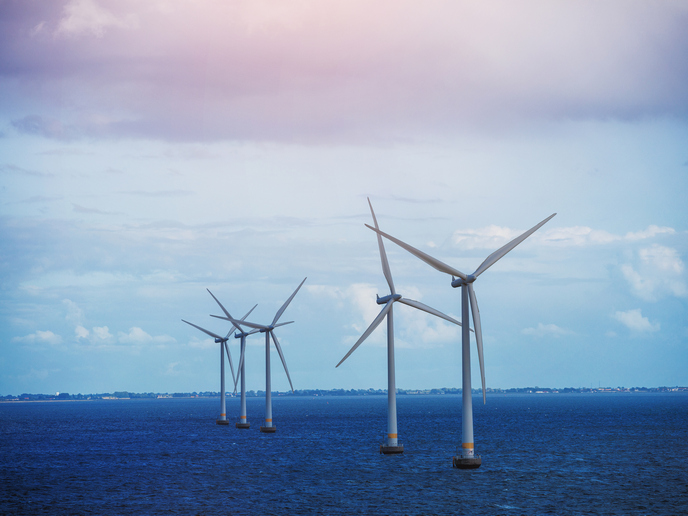Reliable yet inexpensive offshore wind power
Onshore WTs located on land already play an important role in renewable electricity generation in some countries. While offshore wind has tremendous potential for power generation with stronger and more predictable winds, operation and maintenance can be challenging and costly. Ten partners joined forces on the EU-funded project RELIAWIND, aiming to reduce energy costs and increase availability through more reliable offshore WT systems with reduced maintenance requirements. Scientists identified six critical sub-systems of modern WTs and five failure modes of each through an analysis of failures and repairs of operational WTs. Reliability models of failure modes and mechanisms of propagation enabled the specification of appropriate sensing devices and required inputs. Partners defined the logical architecture required for the detection and localisation of impending failures, definition of maintenance actions required, and scheduling of maintenance including decision support to managers and technicians in the form of a modern WT health-monitoring system. A virtual demonstrator consisting of a holistic wind farm software model was used to verify the effectiveness of the condition-based maintenance (CBM) tools. Following analysis of related training needs, scientists prepared training materials that were presented at 13 sessions to more than 240 professionals within and external to the consortium. In addition, partners prepared protocols for standardised collection and analysis of reliability data that they submitted to national and international organisations such as the International Electrotechnical Commission (IEC). RELIAWIND expects to make a significant contribution to uptake of offshore WT technology with the potential to deliver cost-effective and reliable alternative energy. Results will be important to future designs, operation and maintenance.







